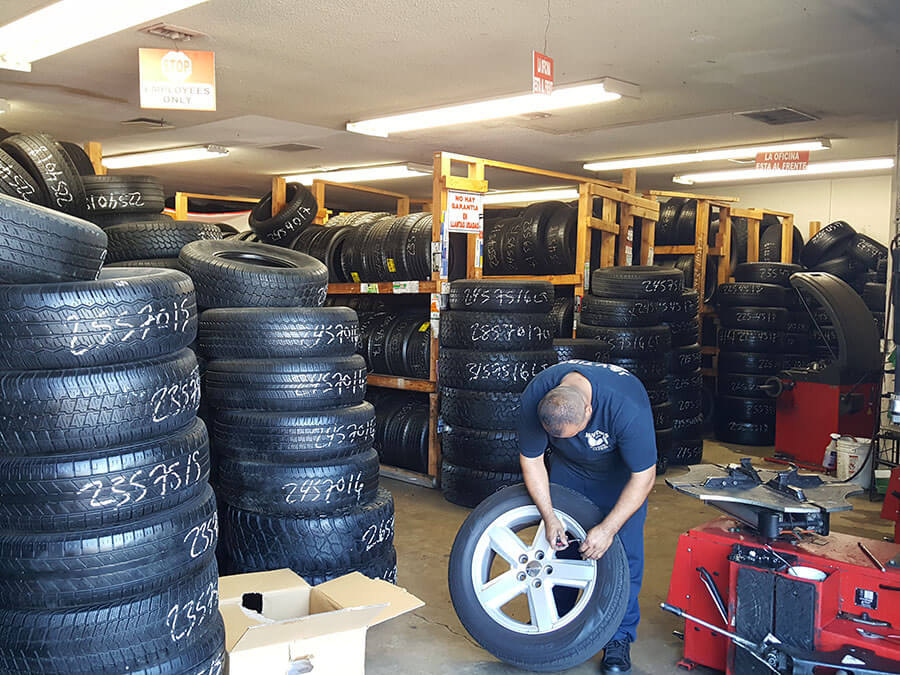Tire Service: Recognizing Tire Pressure Surveillance Equipments
Comprehending Tire Pressure Monitoring Solutions (TPMS) is a vital facet of maintaining ideal automobile performance and safety on the road. With advancements in auto modern technology, TPMS has actually come to be a common function in modern-day cars, giving real-time information on tire stress degrees.

Relevance of TPMS
The relevance of Tire Stress Monitoring Solutions (TPMS) lies in their capability to boost automobile safety and security and performance via real-time monitoring of tire pressure levels. Keeping the right tire pressure is essential for making certain optimal handling, braking, and general security of a car. TPMS provides vehicle drivers with instant feedback on any kind of overinflated or underinflated tires, permitting prompt modifications to be made.
Components of TPMS
Sensors are generally located in the tire shutoff stem or connected to the wheel setting up, where they gauge tire pressure and send information to the control module. Some progressed TPMS designs also present the actual tire stress readings for each tire, providing drivers with real-time details to make sure ideal tire efficiency and safety and security. By keeping an eye on tire pressure continuously, TPMS assists avoid accidents, lowers tire wear, and boosts gas performance, making it an essential part for lorry safety and security and efficiency. tires morris il.
Kinds of TPMS

On the other hand, indirect TPMS counts on the car's wheel speed sensing units to check tire stress. This system discovers underinflation by contrasting the rotational speeds of the wheels. Indirect TPMS is much less costly than direct TPMS, as it makes use of existing sensing units within the car.
While straight TPMS offers extra accurate analyses, indirect TPMS is less complex in style and usually calls for much less maintenance. Both systems have their constraints and benefits, and the selection in between them frequently depends upon variables such as cost, vehicle make, and personal preference. Comprehending the differences between these two kinds of TPMS can assist vehicle owners make educated decisions relating to tire upkeep and security.
TPMS Maintenance Tips
Reliable upkeep of TPMS is essential for making certain optimal efficiency and safety of your automobile. Frequently checking the TPMS sensing units for any kind of damages or corrosion is important. Guarantee that the sensors are complimentary and clean from particles that might hinder their performance. Additionally, it is a good idea to inspect the sensor batteries periodically and change them as needed to assure precise readings. Conduct routine examine the tire pressure levels and contrast them with the TPMS analyses to ensure they correspond. If there are any type of discrepancies, recalibrate the system complying with the maker's standards. Furthermore, during tire morris tire and alignment turning or substitute, make certain that the TPMS components are handled carefully to avoid any kind of potential damage. Finally, if the TPMS alerting light brightens on the dashboard, resolve the problem promptly click this site by checking the tire stress and the general system for any mistakes. By sticking to these maintenance pointers, you can lengthen the life expectancy of your TPMS and enhance the safety and security of your driving experience.
Benefits of Correct Tire Stress
Keeping correct tire stress, as highlighted in TPMS Maintenance Tips, is crucial for enjoying the countless benefits linked with ideal tire pressure levels. In addition, appropriate tire pressure ensures even tire wear, prolonging the life expectancy of the tires and advertising much safer driving problems. In final thought, the advantages of proper tire pressure go past just tire durability; they include improved gas efficiency, enhanced security, much better lorry efficiency, and overall driving comfort.
Final Thought
Finally, understanding tire stress tracking systems (TPMS) is crucial for maintaining optimal tire pressure and ensuring car safety. By recognizing the importance of TPMS, knowing with its elements, recognizing the various types offered, adhering to appropriate maintenance suggestions, and recognizing the benefits of maintaining proper tire pressure, drivers can enhance their driving experience and prolong the lifespan of their tires. Proper tire stress is vital to secure and reliable lorry procedure.
